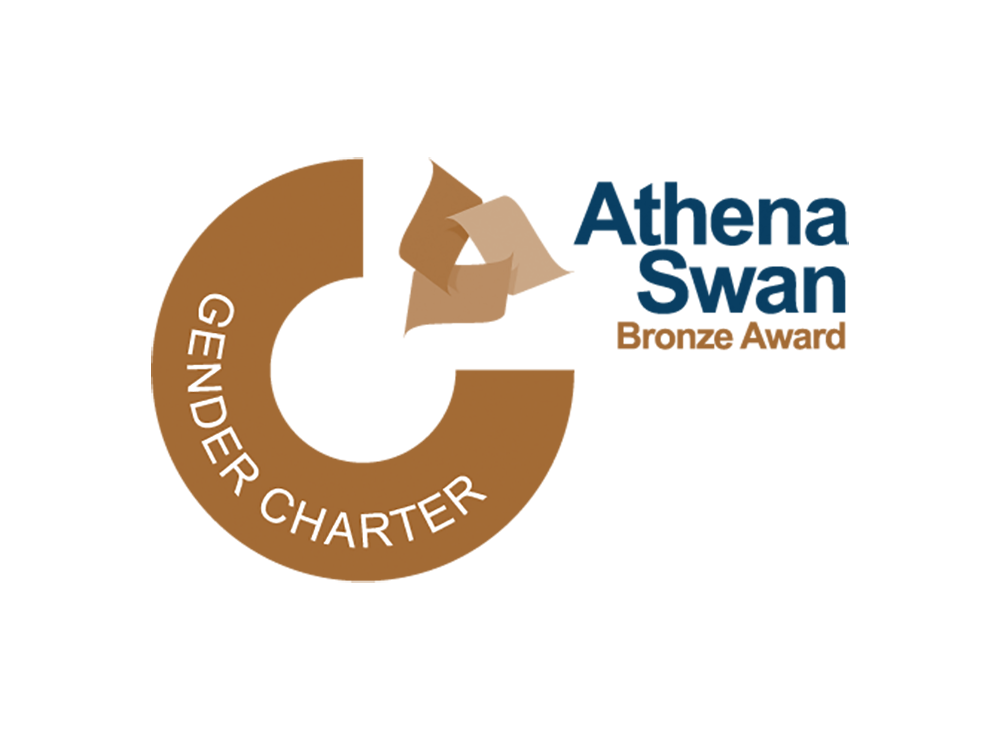Current filters applied:
- (-) Remove Copper/Bronze Age filter Copper/Bronze Age
- (-) Remove Field Methods filter Field Methods
- (-) Remove Archaeology filter Archaeology
Displaying 11 projects
Excavations of a Prehistoric and Roman landscape at Bury Farm, Stapleford, Cambridgeshire.
This archaeology-led initiative focuses on the East Anglian Fens, an extraordinary landscape where exceptional preservation of organic artefacts and environmental evidence gives unparalleled insights into the last 5,000 years of communities, resources and habitats. The Fens are the richest and most...
Excavations at the settlement adjoining the prehistoric sanctuary on Keros in the Cycladic Islands of Greece, the earliest maritime sanctuary in the world (2750-2240BC).
Image: Ancient pastoralist settlement viewed from the air, Amboseli, Kenya. Photo: P. Lane. Mapping Africa's – Endangered Archaeological Sites and Monuments (maeasam.org) project aims to identify and document endangered archaeological heritage sites across Africa using a combination of remote...
The Must Farm project is the first landscape scale archaeological investigation of deep Fenland, with its complex geological history.
Despite a long history of intensive landscape-oriented archaeological research in the Aegean, most primary fieldwork has been concentrated in mainland Greece and a few Aegean islands. By contrast, the eastern side of the Aegean has received far less attention, with local methods and research...
As part of the international campaign to salvage sites threatened by construction of the second Aswan High Dam in southern Egypt, coordinated by UNESCO, researchers from Sweden, Norway, Denmark and Finland collaborated on a series of archaeological campaigns between 1960 and 1964. Known as the...
The project Science @ Tarquinia aims to provide the complementary scientific support for the long-standing study of the ancient Etruscan city of Tarquinia by the University of Milan. This Unesco World Heritage site is well known for its magnificent painted tombs, its city walls, the Temple of Ara...
A Bronze Age fortified tell settlement on the right bank of the river Danube 30km south of Budapest.
The investigation of urban growth and administration in northern Mesopotamia in the 4th and 3rd millennia BC (north-east Syria).
Investigating and documenting the remains of the lower town at Ziyaret Tepe in southeasten Turkey


